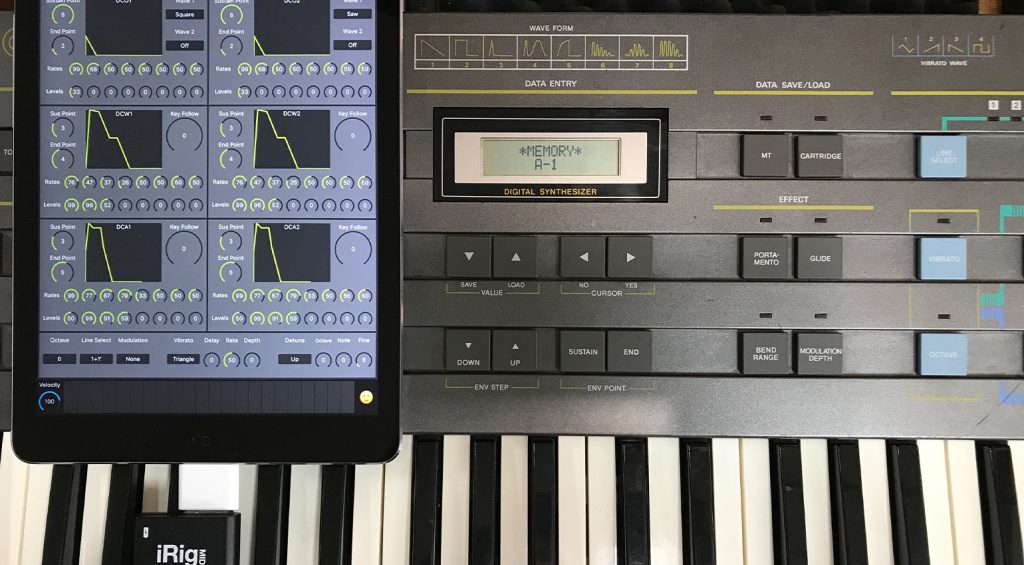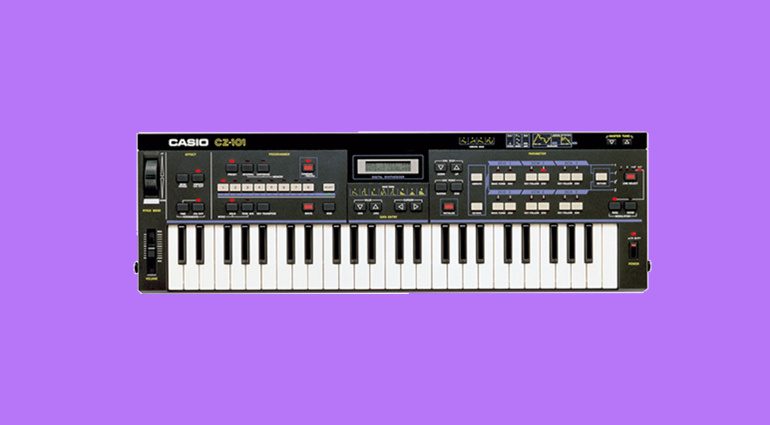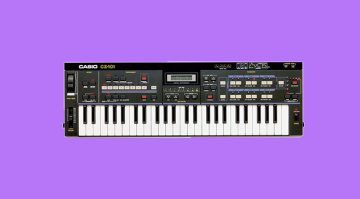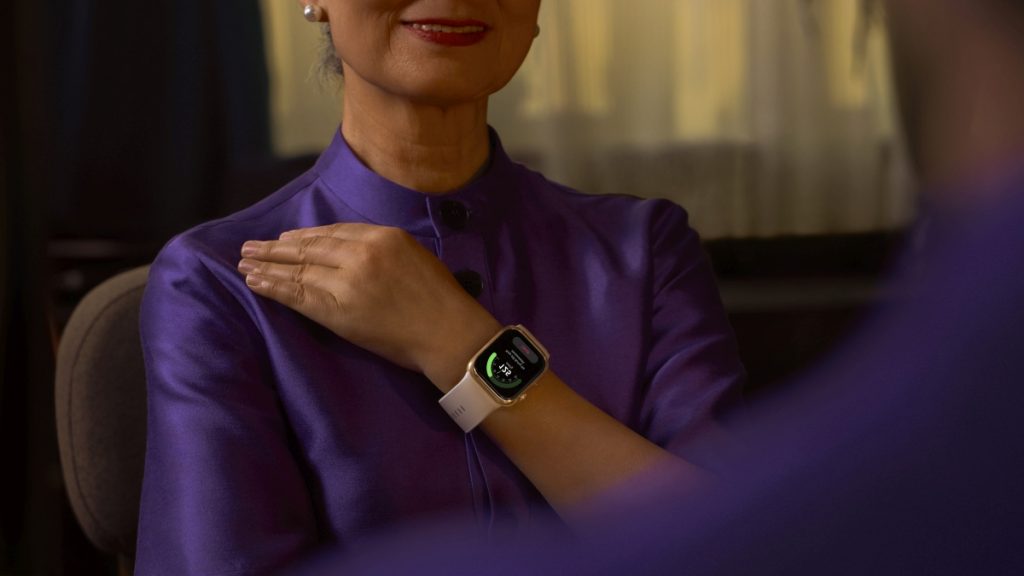The Casio CZ-101 may look like a toy but it made polyphony affordable in 1984. And you could actually program it, unlike the DX7. Phase distortion for everyone!
In 1984, Casio released the CZ-101. With its mini keys and diminutive size, it looked more like a toy than a professional synthesizer – like a Casio, in other words. But make no mistake about it. This was a high-quality, programmable digital synthesizer with eight voices of polyphony and a sound that could rival the Yamaha DX7. And all for less than $500. By the end of its run, Casio would move more than 68,000 of the things – and that’s not including the other CZ synths, of which there were many.

This is the story of the Casio CZ-101, the little synth that could.
Casio Cosmo Synthesizer
Founded in 1947, Japanese company Casio was best known for its calculators and later digital watches before branching out into the home keyboard market in 1980. Although most people thought of Casio as making cheap, toy-like instruments like the VL-1, the early ‘80s saw its R&D department busy working on the Cosmo Synthesizer, from which the CZ line would eventually be born.
Developed with and for Japanese genius synthesist Tomita, Cosmo Synthesizer consisted of two sampler units, six digital synthesizers based on phase distortion synthesis, a computer with digitizing tablet, a MIDI keyboard with velocity and aftertouch and more. Tomita would use this system on the Dawn Chorus album to great effect, and Casio would mine the technology for a number of instruments throughout the ‘80s, most notably the CZ line.
Casio CZ-101: Not Frequency Modulation, Phase Distortion
The first instrument to arrive bearing the fruits of the Cosmo R&D team’s labors was the CZ-101 in 1984. Casio’s first professional synthesizer, it offered a number of attractive features for the time, including eight-voice polyphony (halved to four if you used both oscillators together). This was no mere preset player. You could program and save your own sounds. And, although it was digital like the DX7 that everyone wanted, it offered a programming style that was similar to analog subtractive, with two oscillators and envelopes for pitch and amplitude.

No filters though, as this was phase distortion. Instead, there were resonant digital waveforms to accompany the more familiar sawtooth, square and pulse waveforms. Using the DCW, the Digital Controlled Wave, you could control the amount of phase distortion of each waveform, adjusting the harmonic and resonant content.
The result was a unique sound that could be at times surprisingly warm and analog, at others cold and digital. And, with its pioneering eight-point envelopes, you could also create long, evolving patches that changed over time.
Casio CZ-101: Everybody’s First Synthesizer
Because the CZ-101 was so cheap – it sold for less than $500 – and you could find it not only in music shops but at department stores, it was the first synthesizer for many of my generation. As such, by the time the kids of the ‘80s became dance music producers in the ‘90s, they reached for their CZ-101s to make their records. Accordingly, the organ patch on the CZ-101 is almost as famous as the one in the Korg M1.
It wasn’t just ravers that liked the CZ-101. Vince Clarke of Erasure was also a fan. At one point he had something like four of them.
Yamaha also took notice of the popularity of the CZ-101, releasing its own small-size budget FM models in the form of the DX21 and DX100.
Casio CZ-101: The CZ Line Expands
Seeing as they had a hit on their hands, Casio quickly moved to expand the lineup, introducing a number of CZ-branded synths over the next few years. First was the CZ-1000, which inflated the 101’s mini keys to full-size ones. Next was the CZ-3000, which doubled the voice and oscillator count, added splits and layers and a chorus and increased the keyboard length. The CZ-5000 was just like the 3000 but with an eight-track sequencer. Finally, there was the CZ-1, which not only boosted the memory but brought the velocity and aftertouch tech over from the Cosmo.

Casio CZ-101 in the 21st Century
Does the CZ-101 have a place in the 21st century? I would have to say yes. Because of its unique phase distortion synthesis, it occupies a kind of sonic mid-ground between analog and digital. You can do rez sweeps and other typically analog special effects with it but they end up with an unexpected digital edge. I’m always pleasantly surprised when I work with a phase distortion synth as it really doesn’t sound like anything else out there.
Being an old ex-raver, I have to admit that I bought my CZ-101 because of records like “Bomb Scare” and “Hypnosis.” However, once I started programming it I quickly fell in love with the sound. So much so that I wanted more and I ended up selling it to fund the purchase of a CZ-5000, which I absolutely adore.
If you plan to buy a vintage CZ synth, there are a few things to keep in mind. One, unless you get a CZ-1 the LCD screen won’t have a backlight. You can always swap it out for a modern with a backlight but it does require doing some modifications. Also, you’re probably going to need to change the relay, the part that suppresses the thump when you turn the unit on. If you’re getting weird noise and distortion in your signal, that’s the relay.
If you’d rather not bother with old hardware, there are a few software versions of the CZ-101 that sound fantastic. Both the Arturia CZ V and VirtualCZ from Plugin Boutique will take you there. VirtualCZ doesn’t have as many extras as CZ V but it can act as an editor and patch librarian for all of the main CZ hardware units.
Behringer are supposedly working on a CZ-1 Mini as well. Here’s hoping that makes it to market.






